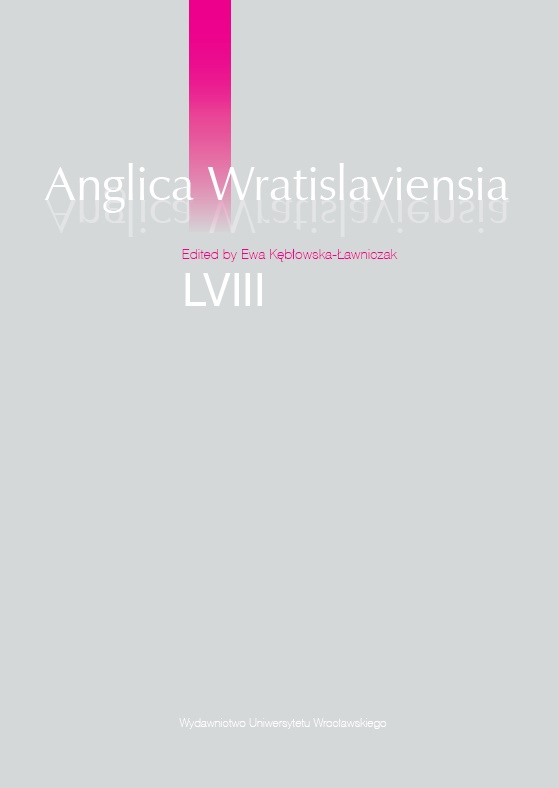

Applied Linguistics

Alternating between languages in an FL classroom is first of all observed in teacher talk which is an important dimension of FL teachers’ discourse. (Tsui 2008). The empirical study presented here focuses on the language choices made between the L1 and FL(s) by both in-service teachers (group 1) and pre-service trainees (group 2) during English lessons—but it is not meant to be an in-depth debate on L1/FL use in a language classroom. It is a small-scale diagnostic study of a FL classroom and TT behaviour of the subjects. The text starts with a brief presentation of the concepts of code-switching and translanguaging, as applied in educational contexts and here operationalized for the purposes of a pilot study on language choices in teacher talk. The observations of EFL lessons focus on the purpose(s) language alterations are made by the teachers and seek to reflect on the extent to which these purposes refer to clearly-defined instructional functions—cognitive but also affective ones. These language choices made also constitute an important pedagogical dimension beyond language instruction itself. The results of the study show that both experienced and trainee teachers switch languages consciously during the lesson at similar stages and for similar purposes, however some differences are also observed and discussed in the text. The major focus of discussion is on the pre-service teachers, as the study is part of awareness raising, and thus reflectivity enhancement of trainees participating in their teacher training at the undergraduate level (BA) but who are already active teachers in the period of their school placement.